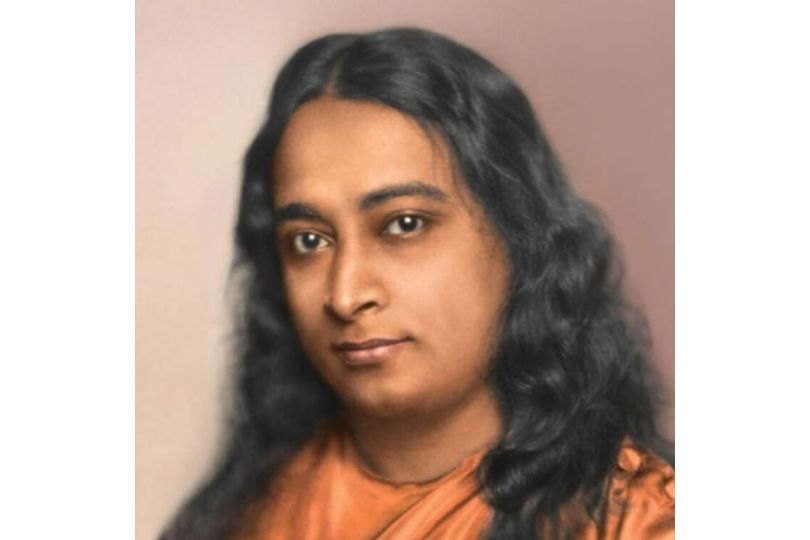Bengal's Authors and Artists are Attempting to Create a Fresh Offering - A Comic Strip Magazine
Introducing 'Com Katha': A distinctive Bengali comic strip magazine that merges artistry and language, nurturing creativity in South Kolkata.on Oct 04, 2023
.jpg)
It's called Com Katha, which technically means "language of comics," but the word has a second meaning in Bengali, since it also means "less spoken."
A swarm of comic artists, authors, and editors are sprawled on low stools at a bookshop-turned-café in South Kolkata, debating their "baby," a magazine whose first rushes have just come off the press and which they hope will be the first Bengali language comic strip magazine.
It's called Com Katha, which technically means "language of comics," but the word has a second meaning in Bengali, since it also means "less spoken."
"We thought of a comic magazine, a space absent in Bengali literature despite a rich history of comics and cartoons in this language," said Pinaki De, a Calcutta University professor of English who also works as a graphic designer for a number of publishers. Bengal has a long history of comics and cartoons, with Kolkata having a trade in Bat-tala (Under Banyan Tree) books, which were a diverse range of illustrated literature printed onto inexpensive flimsy sheets from woodcuts in the nineteenth century.
The earliest cartoon periodicals, Harbola Bhar (Mimic) and Basantak (Spring), which mocked both Bengali society and the English rulers' politics, were published in 1873 and 1874, respectively.
Narayan Debnath, the legendary comic artist, debuted his renowned comic strip Handa Bhoda (Stupid & Stupider) in 1962 with the children's magazine Shuktara (Morning Star), and his folksy local superman with a 40-inch chest Batul the Great in 1965, with Batul twisting Patton tank cannons like putty. Ananda Publishers (part of the ABP group) created history in the twenty-first century when they released comic books based on Satyajit Ray's popular detective Feluda in an attempt to revitalise one of the best-selling series of juvenile books in Bengali.
"Comics came out mostly as part of a magazine or even as comic books based on a single character, but a magazine devoted to multiple comic strips by various artists or authors was always lacking, so we thought we needed to create a platform and that is where Com Katha, a collective of 17 artists, 4 writers, and 3 editors has come in," said De. While Bengal's comic industry cannot compete with the Japanese, Franco-Belgian, and American (the inaugural issue of the quarterly Com Katha will have a print run of only 2,000), the artists believe that their pre-Durga Puja venture would be successful.
"We see a great demand in suburban towns where the interest in graphic novels is greater than that in Kolkata where the net-based entertainment culture is stronger," said Pritam Sengupta, the marketer for Com "But then, this is a new offering, the challenge lies not just in bringing it out but in sustaining it" . Swaptadip De Sarkar, a well-known artist in his mid-40s who developed the eccentric character Paglu, is among those who have joined the consortium.
"I wanted to create a character in Bengali for audiences across the world and Paglu and his dog come with some humour but also a bit of social messaging," Sarkar stated.
Trinankur Bandyopadhyay, grandson of Bibhutibhushan Bandyopadhyay, whose Pather Panchali is regarded a classic, has also submitted a comic strip for the new magazine.
"I'm considering how to incorporate characters from my grandfather's creations into comic strips." His most famous adventure, Chander Pahar (Moon Mountain), has already been adapted into a hit film and comic book. "However, there is room for improvement," Trinankur remarked.



.jpg)






.jpg)

.jpg)
.jpg)

.jpg)
.jpg)
.jpg)










Sorry! No comment found for this post.